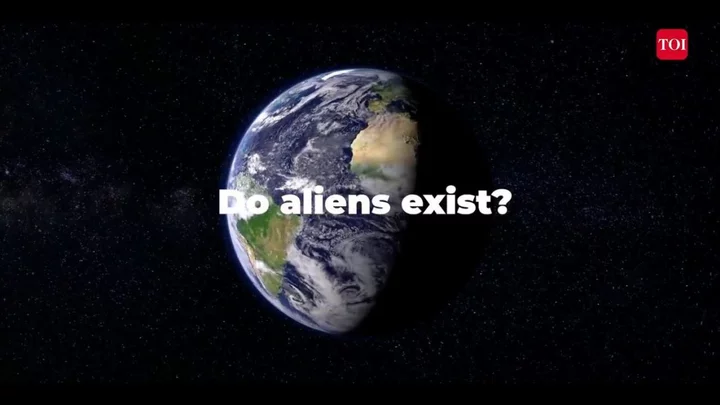Astronomers are expecting a message from aliens today that is 40 years in the making
Astronomers are hoping to receive a message from aliens after a 40-year wait for a reply comes to an end. On 15 August 1983, a pair of hopeful astronomers at Stanford University beamed a message into space via an antenna. They believe that 22 August 2023 is the earliest time they can expect to receive a reply. The experiment was the brain-child of professors Masaki Morimoto and Hisashi Hirabayashi, who, around 40 years ago, beamed 13 drawings in radio waves to a star named Altair, approximately 16.7 light-years away from Earth. The 13 drawings sent into space by Morimoto and Hirabayashi were designed to tell the story of human evolution and how human beings came to exist on Earth. Drawings depicted how humans evolved from microscopic creatures that eventually moved from water onto land. It also explained our solar system and what DNA is. It was the hope that if there was any intelligent life on planets close to the star, they would interpret the messages and hopefully send a reply. In anticipation of a reply, a team at The University of Hyogo in Japan will monitor for a reply using the Japan Aerospace Exploration Agency’s (JAXA) antenna. Led by Shinya Narusawa, the team will listen for around an hour for signs of unusual radio activity or signals that could suggest a reply. Narusawa explained: “A large number of exoplanets have been detected since the 1990s,” adding, “Altair may have a planet whose environment can sustain life.” Unfortunately, if a reply is received, it will be too late for Morimoto, one of the professors responsible for the original project, after he died in 2010. Dr Hirabayashi, the other pioneer, is currently a professor emeritus at JAXA. It is yet to be seen whether he will see his 40-year experiment gets the conclusion he was hoping for. Sign up to our free Indy100 weekly newsletter Have your say in our news democracy. Click the upvote icon at the top of the page to help raise this article through the indy100 rankings.
Astronomers are hoping to receive a message from aliens after a 40-year wait for a reply comes to an end.
On 15 August 1983, a pair of hopeful astronomers at Stanford University beamed a message into space via an antenna. They believe that 22 August 2023 is the earliest time they can expect to receive a reply.
The experiment was the brain-child of professors Masaki Morimoto and Hisashi Hirabayashi, who, around 40 years ago, beamed 13 drawings in radio waves to a star named Altair, approximately 16.7 light-years away from Earth.
The 13 drawings sent into space by Morimoto and Hirabayashi were designed to tell the story of human evolution and how human beings came to exist on Earth.
Drawings depicted how humans evolved from microscopic creatures that eventually moved from water onto land. It also explained our solar system and what DNA is.
It was the hope that if there was any intelligent life on planets close to the star, they would interpret the messages and hopefully send a reply.
In anticipation of a reply, a team at The University of Hyogo in Japan will monitor for a reply using the Japan Aerospace Exploration Agency’s (JAXA) antenna.
Led by Shinya Narusawa, the team will listen for around an hour for signs of unusual radio activity or signals that could suggest a reply.
Narusawa explained: “A large number of exoplanets have been detected since the 1990s,” adding, “Altair may have a planet whose environment can sustain life.”
Unfortunately, if a reply is received, it will be too late for Morimoto, one of the professors responsible for the original project, after he died in 2010.
Dr Hirabayashi, the other pioneer, is currently a professor emeritus at JAXA. It is yet to be seen whether he will see his 40-year experiment gets the conclusion he was hoping for.
Sign up to our free Indy100 weekly newsletter
Have your say in our news democracy. Click the upvote icon at the top of the page to help raise this article through the indy100 rankings.

